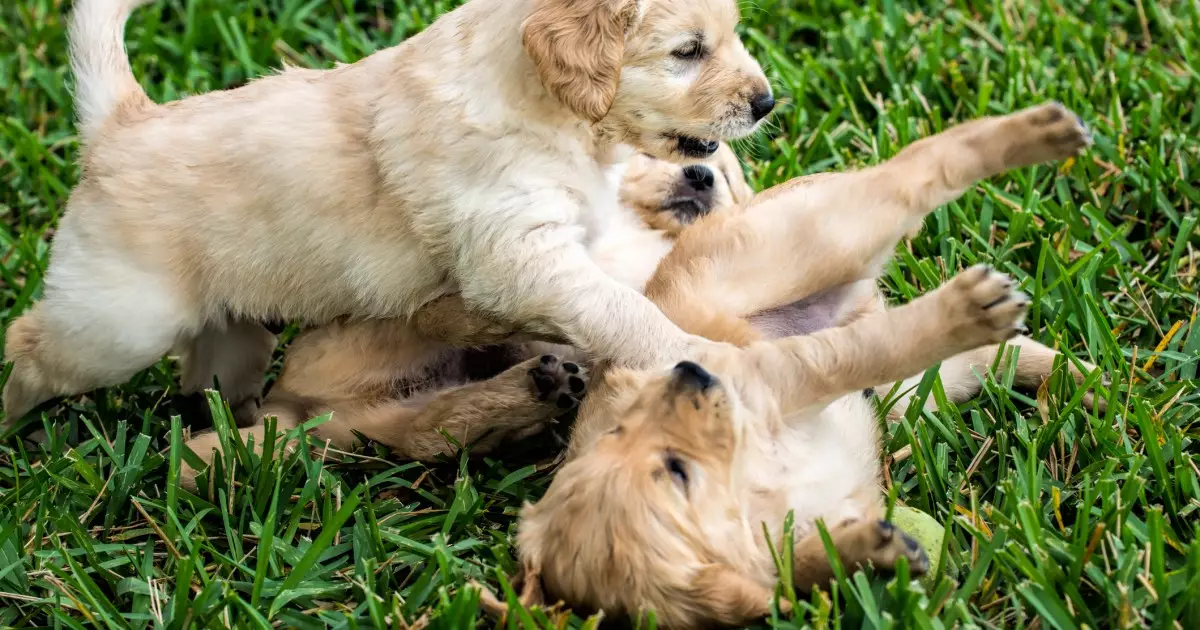Understanding the dynamics of how dogs interact with one another is essential for any pet owner. While the juxtaposition of dog play and dog fighting may initially seem confusing to those unfamiliar with canine behaviors, discerning the nuances in these interactions is vital for ensuring a safe and enjoyable environment for our furry companions. This article dissects the various aspects of dog play and dog fighting, highlighting the key characteristics that differentiate them.
Dogs are inherently social animals, thriving on interaction with both humans and fellow canines. Engaging in play is an essential part of their social development and emotional well-being. Play serves multiple purposes: it allows dogs to bond, expend pent-up energy, learn social cues, and develop important interpersonal skills. Puppies frequently engage in playful behaviors that, while robust and vigorous, are often harmless and enjoyable. However, as a responsible dog owner, recognizing when this spirited engagement crosses over into aggressive behavior is crucial for the safety of all involved.
Play often mirrors aggression in its physicality. Notably, the way dogs chase, wrestle, growl, and even nip can appear very similar during both play and conflict. The raw energy exhibited during these interactions may lead one to mistakenly believe that the dogs are fighting. However, it’s imperative to differentiate between these behaviors to maintain a positive environment.
A key difference between play and fighting lies in the intention behind the actions. In play, dogs will often engage in self-handicapping behaviors, where one dog deliberately assumes a less dominant position. This could involve playfully rolling over or allowing their partner to “win” in certain situations. Such actions indicate a mutual understanding and intent to keep the interaction friendly. Conversely, during an aggressive encounter, this self-regulation typically dissipates; the focus shifts from enjoying the interaction to asserting dominance or control.
Another indication of playful behavior is the presence of specific signals, such as the play bow. This behavior can be recognized when a dog lowers its forelimbs while keeping its back end raised, often accompanied by a wagging tail. The play bow serves as a clear invitation to continue the game rather than transition into a more hostile interaction. Observing a series of play bows is often a reassuring sign that the dogs are still in the playful realm.
Physical cues can also offer insights into a dog’s state of play versus aggression. Dogs displaying a relaxed stance, an open mouth, and a playful “smile” might be truly enjoying their time together. This is often referred to as a “play face,” an expression that signals happiness or excitement. In contrast, aggressive dogs might showcase stiff bodies, locked jaws, and focused stares, all of which are telltale signs of impending conflict.
For dog owners, educating oneself on these overt and subtle signs of canine communication is essential. If play escalates to a point of uncertainty, stepping in—while remaining calm and assertive—may prevent misunderstandings or physical altercations.
Continual observation is paramount for dog owners who wish to promote a safe environment. When dogs are engaged in play, watch for signs that indicate whether the interaction remains cooperative or if it shifts toward aggression. Understanding the social context and recognizing the cues that suggest enjoyment or discomfort will empower owners to act appropriately.
In instances where play becomes too rough or aggressive, intervening with a firm but gentle approach can help reset the interaction. Training and socialization techniques can also be invaluable tools in teaching dogs proper play behavior, ensuring that their interactions remain fun and safe.
Differentiating between dog play and dog fighting is not just a matter of semantics. It is fundamentally about safeguarding the welfare of your canine companion and promoting their happiness. By observing behaviors, understanding the nuances of canine communication, and being proactive in interventions, dog owners can contribute to a more harmonious relationship between their pets and other dogs. Educating yourself about these critical distinctions will undoubtedly lead to more fulfilling and safe experiences for both you and your beloved furry friends.

